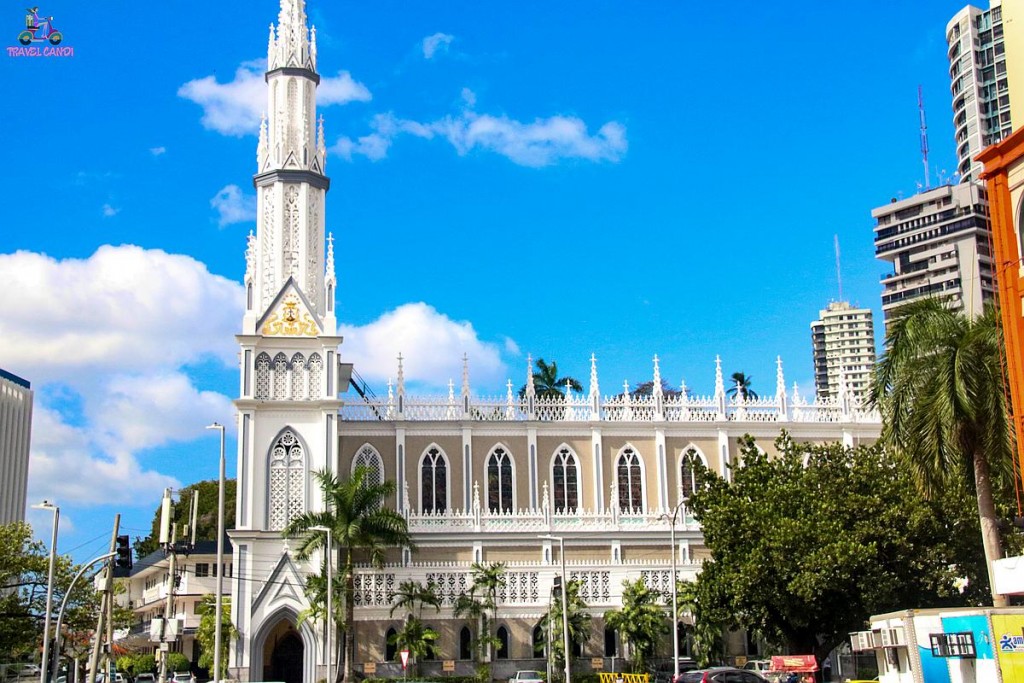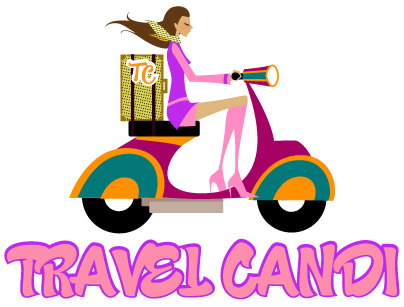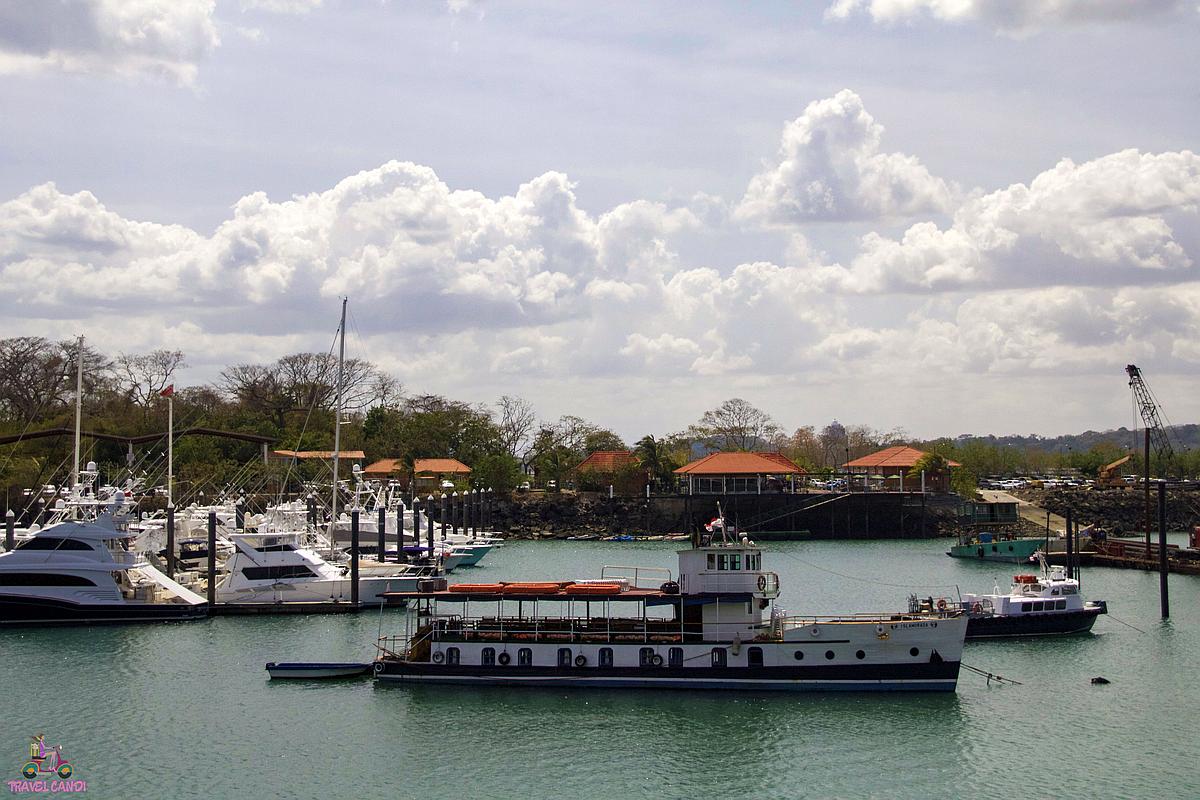
Panama, an incredibly fascinating country, links Central America to South America and connects the Pacific Ocean to the Atlantic Ocean via its man-made 77-kilometer (48-miles) long canal. Its capital, Panama City, features a contrast of colonial architecture and modern skyscrapers and casinos. But there’s more to offer visitors than the futuristic Panama City. This country is filled with dense jungles, sprawling beaches, unique wildlife (Panama is home to some of the best bird watching in the world), special flora and fauna, and friendly people.
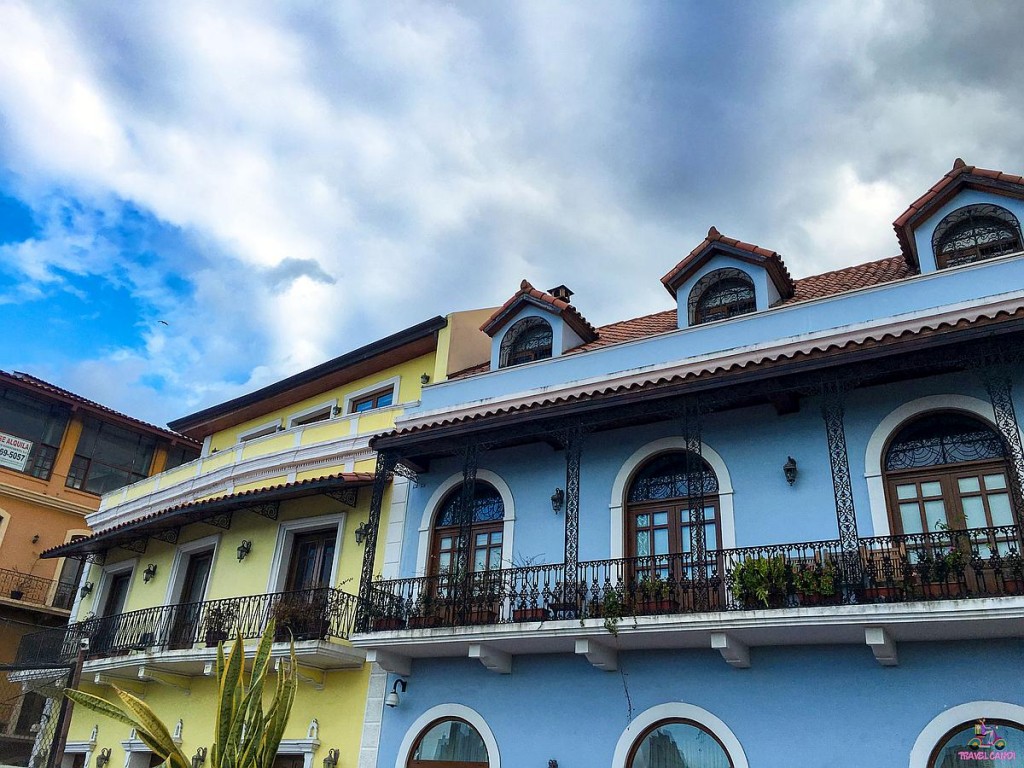
Getting There And Around
Many passengers flying into Panama arrive via Panama City’s Tocumen International Airport (airport code PTY). Other airports in Panama include the David and Bocas del Toros airports. Local or other Central American carriers only service flights to these smaller airports. Visitors from the United States, United Kingdom, most European countries, and Canada do not need a visa prior to entering Panama. Make sure to keep your passport handy when taking long bus rides – police will often ask for it.
When compared to other Latin American countries, getting around Panama is a breeze. Roads are paved and connect cities to towns. Plenty of affordable bus routes are offered. Public buses in Panama City and throughout the country are wildly painted old school buses converted for public use. The public bus schedules in Panama can be very confusing and they take crazy routes, so sometimes it is better to take a taxi or a ride-share. Uber is a cheap, quick, and easy way to get around the more popular destinations in Panama.
Money
The currency used in Panama is the United States dollar. Denominations 1-100 are banknotes, and coins range from one cent to twenty-five cents. Banknotes are mostly green with some shades of color and are all the same size. For collectors, Panama does issue its own coins. You’ll find these coins mixed in with U.S. coins – keep a keen eye out!
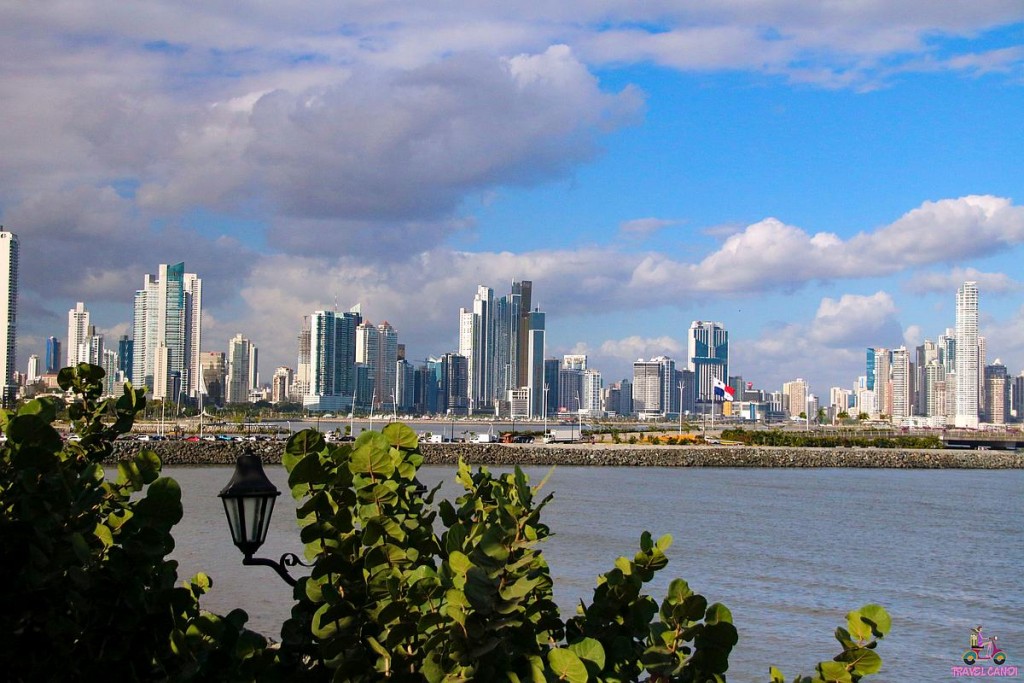
Language
The official language spoken in Panama is Spanish. In major destination areas, many locals also speak English and are happy to help if you have a question.
Hello – Hola
Goodbye – Adios
Thank You – Graciás
Please – Por favor
Where is? – Donde está?
Excuse Me – Disculpe
Sorry – Lo Siento
Friend – Amigo
Beer – Cerveza
Wine – Vino
Yes – Sí
No – No
Housing
There are accommodation options for everyone in Panama regardless of whether you are a traveler on a tight budget or are looking for a luxurious escape. Within Panama there are plenty of low-cost (but still great) hostels and guesthouses, AirBnb’s, and five-star hotels and resorts to choose from. From December to April hotel rates increase since this season is Panama’s driest and brings more tourists. Better rates can be found on accommodations during the low season (May-November), but also be prepared to pack an umbrella!
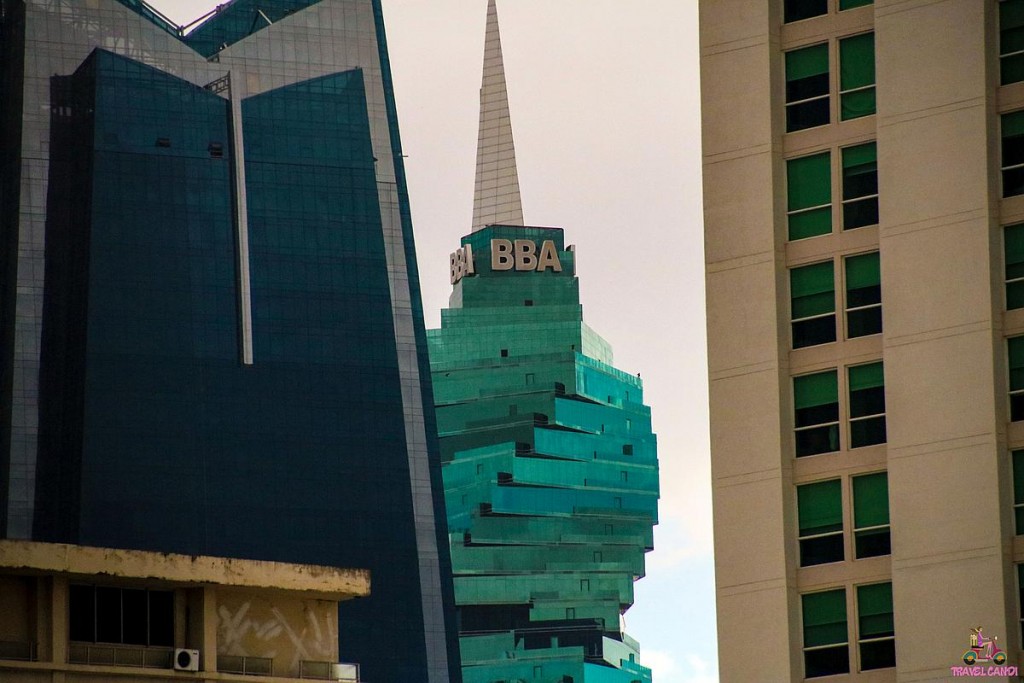
Food
The cuisine in Panama reflects African, Spanish, and Native American techniques and flavors. Common ingredients used in Panamanian cuisine are seafood, beef, chicken, pork, corn, flour, rice, and plantains. Dishes to try while visiting Panama are bollos (corn dough wrapped in corn husk), empanadas (corn stuffed with meat, cheese, and vegetables), arroz con pollo (chicken and rice), legua guisada (stewed beef tongue), bistec picado (chopped beef), and patacones (twice-fried plaintains).
Delicious and fresh fruit juices can be found all around Panama, and they should not be overlooked. Locals know which flavors to blend together to make the perfect fruit smoothie.
Save Cash
To save some money while visiting Panama, avoid shopping and dining in the touristy areas. Stepping outside of the commonly traveled zone will save you money and you’ll be able to reap another reward – getting a more local experience.
While shopping at local markets, make sure to bargain hard with the vendors. Prices are often inflated for tourists and you’ll get the best price by bargaining. Don’t be afraid to walk away – chances are another vendor has something very similar (and possibly for cheaper).
Stay Fit
Get into the jungle! Panama’s gorgeous jungles offer travelers an experience like no other. Incredible wildlife, flora and fauna, waterfalls, and many more surprises will be encountered during a hike in a Panamanian jungle. For a super surreal experience right next to a major metropolitan city, check out the jungle area just south of the Panama Canal. One of my fondest memories of my Panamanian excursions was seeing two sloths (perezosos in Spanish) sleeping in the trees. It was surreal!
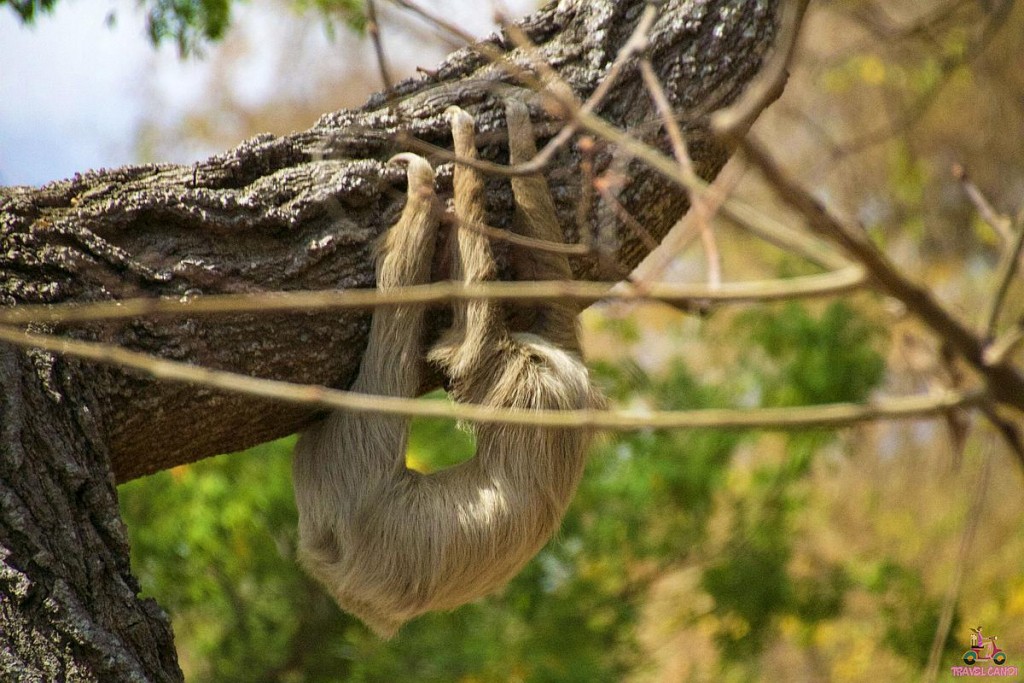
Stay Connected
There is no shortage of places to find Wi-Fi in Panama, especially in major destinations such as Panama City or Bocas del Toro. Local restaurants, cafes, bars, and nearly all accommodations provide Wi-Fi free of charge for customers. If you need to stay connected 24/7, prepaid SIM cards may be purchased at local mobile shops in the airport, malls, or around town.
In Panama, the electrical outlets are Type-A/B 120v two or three prong plugs, similar to the rest of North America. Type A plugs are ungrounded and are two prong, whereas Type-B plugs are grounded and feature three prongs.
